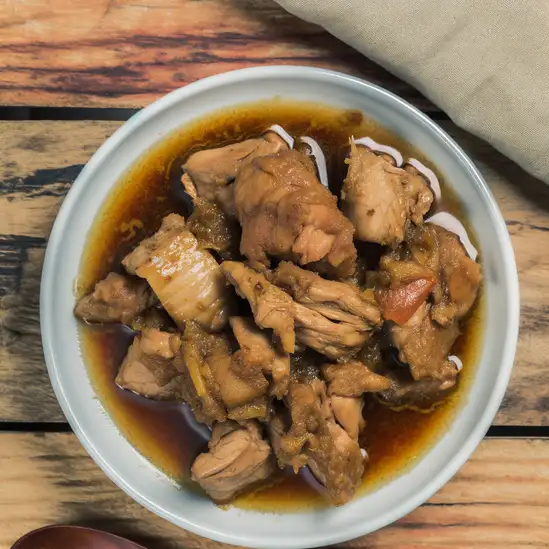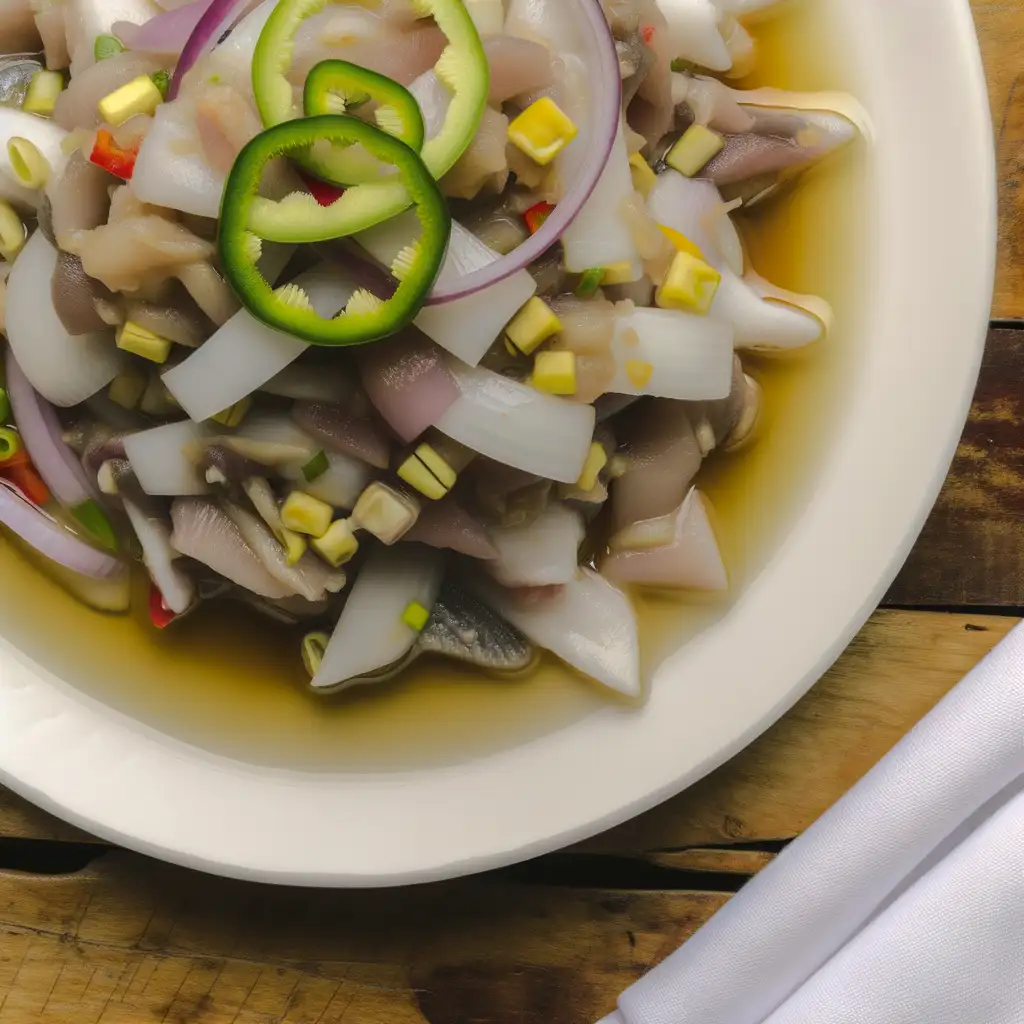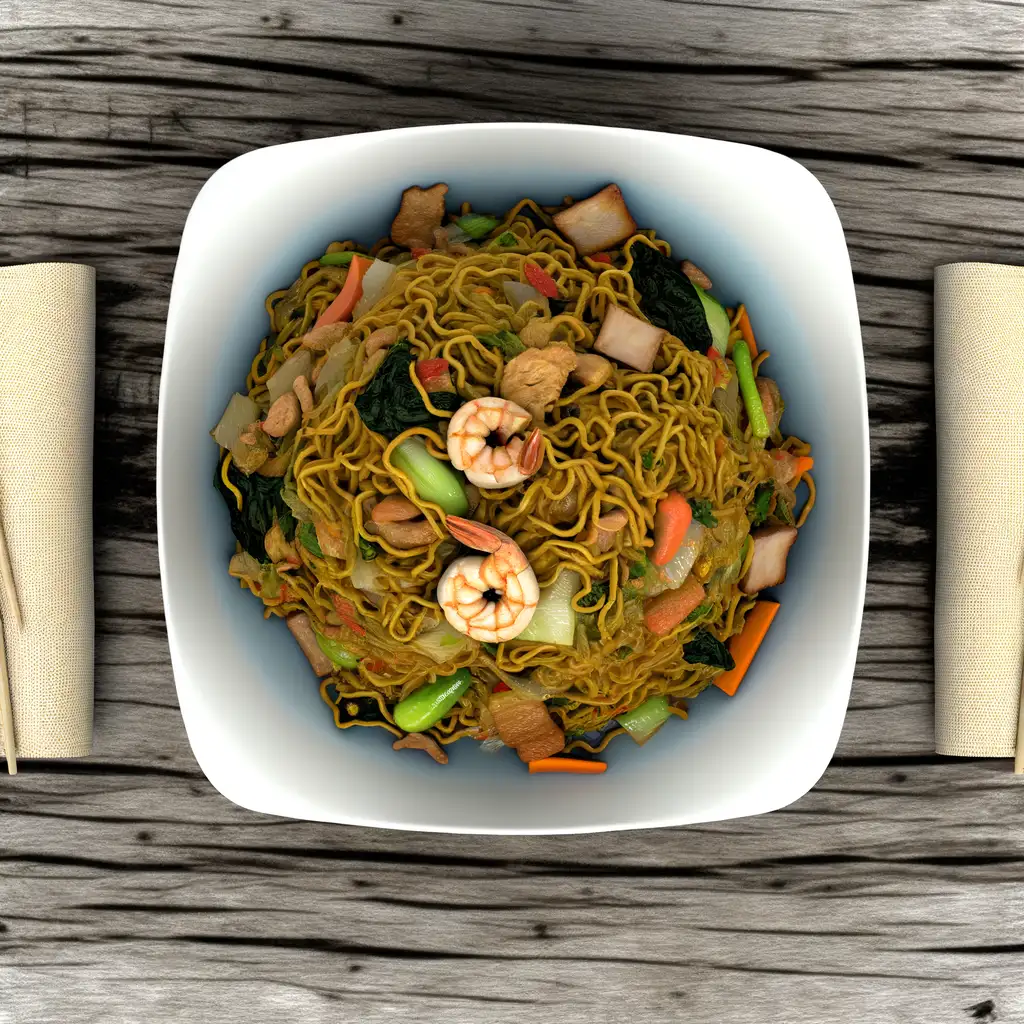


Imagine stepping onto Panglao Island and instantly feeling the gentle embrace of warm tropical air mixed with the salty tang of the sea. This place has a laid-back rhythm that invites you to slow down and savor every moment. The beaches here aren’t just stretches of sand; they’re soft,powdery blankets where the turquoise waves play a soothing melody. Early mornings bring the scent of fresh coconut and the distant chatter of fishermen preparing their boats,while evenings light up with vibrant sunsets that splash pinks and oranges across the sky. What really makes Panglao special is its blend of natural beauty and genuine warmth from the locals. The island’s small villages pulse with life—colorful markets bursting with ripe mangoes and sweet bananas,the aroma of grilled seafood wafting from beachside shacks,and the laughter of children playing by the shore. Dive beneath the surface,and you’ll discover a kaleidoscope of coral reefs teeming with vibrant marine life,making snorkeling or diving here feel like entering another world. Beyond the beaches,there’s a quiet charm in the island’s culture—simple,welcoming,and deeply connected to nature. Whether you’re sipping on a fresh buko juice under a palm tree or wandering through a local festival filled with traditional music and dance,Panglao leaves you with a sense of belonging. It’s not just a destination; it’s a feeling you carry with you long after you’ve left.
The information on this page is currently being reviewed by Tripkliq and should be used as a guide only
Eng word: Hello
Eng pronunciation: Hello
Local language: Hello
Eng word: Goodbye
Eng pronunciation: Pah-ah-lahm
Local language: Paalam
Eng word: Thank you
Eng pronunciation: Sah-lah-maht
Local language: Salamat
Eng word: How much
Eng pronunciation: Tag-pee-lah
Local language: Tagpila
Eng word: Toilet
Eng pronunciation: Kah-sil-yas
Local language: Kasilyas
Eng word: Help me
Eng pronunciation: Tah-bahng-ee koh
Local language: Tabangi ko
Eng word: Yes
Eng pronunciation: Oh-oh
Local language: Oo
Eng word: No
Eng pronunciation: Dee-lee
Local language: Dili
Eng word: Excuse me
Eng pronunciation: Pah-sigh-loh-ah koh
Local language: Pasayloa ko
Panglao Island has been inhabited since the early 12th century by the Eskaya tribe, known for their unique language and script.
During the Spanish colonization in the 16th century, Panglao Island became an important part of the Spanish East Indies, contributing to the spread of Christianity in the region.
Built in 1851, the Panglao Watchtower is one of the oldest and tallest watchtowers in the Philippines, standing at 5 stories high. It was used to guard against pirate attacks.
Constructed in 1894, the St. Augustine Parish Church in Panglao is a beautiful example of Spanish colonial architecture and is a significant religious site for locals.
The Balicasag Island Lighthouse, built in 1907, is a historical landmark that has guided countless ships safely through the waters surrounding Panglao Island.
The Church of Our Lady of the Assumption in Dauis, built in the 18th century, is renowned for its miraculous well, which is believed to have healing properties.
Established in the 1980s, the Panglao Island Nature Resort was one of the first luxury resorts on the island, helping to boost tourism and local economy.
Panglao Island is part of the Coral Triangle, known for its rich marine biodiversity. The island's waters are home to over 2,500 species of marine life, making it a top destination for divers.
Discovered during World War II, Hinagdanan Cave is a natural wonder with stunning stalactites and stalagmites, and a lagoon that attracts many visitors.
In Panglao Island, the most common Power Adaptor is Type A, Type B.



A savory dish made with meat (usually chicken or pork) marinated in vinegar, soy sauce, garlic, and spices, then slow-cooked until tender.

A sour soup made with tamarind, tomatoes, and various vegetables, often cooked with pork, shrimp, or fish, providing a refreshing and tangy flavor.

A whole roasted pig, known for its crispy skin and tender meat, often served during special occasions and celebrations.

A popular Filipino dessert made with crushed ice, sweetened fruits, jellies, and topped with leche flan and ube ice cream, creating a colorful and refreshing treat.

A traditional Filipino ceviche made with fresh raw fish marinated in vinegar, citrus juices, and mixed with onions, ginger, and chili peppers.

A stir-fried noodle dish that comes in various forms, typically made with rice noodles, vegetables, and a choice of meat or seafood.

A sweet sticky rice cake made with glutinous rice, coconut milk, and brown sugar, often served as a dessert or snack.
Imagine stepping into a place where history hums through the streets and the ocean breeze carries the scent of salty adventure—that’s Cebu City for you. The moment you arrive,there’s this lively energy that wraps around you,a mix of old-world charm and modern buzz. You’ll find yourself wandering through colorful markets where the chatter of vendors blends with the aroma of freshly grilled street food—think sweet,smoky lechon sizzling over coals,tempting you at every corner.
Cebu’s character is a beautiful blend of the past and present. Ancient Spanish forts and centuries-old churches stand proudly alongside sleek cafes and vibrant street art. The city pulses with warmth,not just from the tropical sun but from the people who greet you with genuine smiles and stories. At night,the streets light up with music and laughter,and you can almost taste the festive spirit in the air.
What really makes Cebu unforgettable is how it feels alive in every sense. You can hear the waves crashing nearby,see the colorful jeepneys weaving through traffic,smell the tropical fruits at the market,and feel the warmth of the sun on your skin as you explore. It’s a place where culture,history,and everyday life blend seamlessly,inviting you to dive in and experience its vibrant soul firsthand.
If you ever find yourself craving a place where nature’s calm meets a laid-back island spirit,Puerto Princesa is where you want to be. The moment you step off the plane,there’s this warm,salty breeze that wraps around you,carrying the faint scent of the sea and tropical blooms. It’s a city that doesn’t rush — people move with a gentle rhythm,and the streets hum softly with the chatter of locals and the occasional strum of a guitar from a nearby café. It feels like a breath of fresh air,both literally and figuratively.
What really makes Puerto Princesa stand out is its deep connection to nature. The famous Underground River is just the beginning — lush mangroves,crystal-clear waters,and vibrant coral reefs surround the city,inviting you to explore. You can hear the calls of exotic birds in the morning and watch fishermen bring in their catch as the sun dips low,painting the sky in shades of pink and orange. The food scene here is a delightful surprise too — fresh seafood grilled right on the beach,sweet tropical fruits bursting with flavor,and local dishes that tell stories of the sea and the land.
But beyond the sights and tastes,it’s the people who make Puerto Princesa unforgettable. Their warmth and genuine smiles make you feel like you’re not just visiting,but truly welcomed. Whether you’re wandering through the bustling market or sharing a laugh with a vendor,there’s a sense of community that lingers long after you leave. It’s a place that invites you to slow down,soak in the simple joys,and leave with a heart full of stories.
Manila is this vibrant,bustling heart of the Philippines that grabs you the moment you step off the plane. There’s an energy here that’s both chaotic and warm,like the city is alive and breathing with stories waiting to be discovered. Walking through its streets,you’ll catch the scent of sizzling street food mingling with the salty breeze from Manila Bay. The soundscape is a lively mix of jeepneys honking,street vendors calling out their wares,and the occasional laughter spilling from a nearby sari-sari store.
What makes Manila truly special is its rich tapestry of history and culture woven into everyday life. You can wander through Intramuros,the old walled city,and feel the echoes of Spanish colonial days in the cobblestone streets and centuries-old churches. Then,just a few blocks away,modern skyscrapers rise,showcasing the city’s dynamic spirit. The people here are incredibly warm and welcoming,always ready to share a story or recommend their favorite spot for halo-halo,a sweet,icy treat that’s perfect for cooling down in the tropical heat.
Manila’s charm lies in its contrasts—the old and new,the quiet moments in hidden courtyards and the lively buzz of night markets. It’s a place where you can savor rich Filipino flavors,dive into vibrant festivals,and feel the pulse of a city that’s constantly evolving but never loses its heart. If you want a trip that’s full of life,color,and genuine warmth,Manila’s waiting with open arms.
If you ever find yourself craving a place where vibrant city life meets the gentle embrace of nature,Davao City is where you want to be. The moment you step off the plane,there’s this warm,welcoming energy that wraps around you—like the city itself is inviting you to slow down and savor every moment. The air carries a subtle mix of tropical blooms and the faint,salty hint of the nearby sea,while the streets buzz with a friendly hum of jeepneys and chatter in a melody of languages.
Walking through Davao,you’ll notice how the city wears its culture proudly. From the colorful street markets where vendors call out their fresh fruits and local delicacies,to the intricate weaves and crafts that tell stories of indigenous tribes,there’s a deep respect for heritage here. And the food? Oh,the food! Imagine biting into a juicy durian (if you’re brave enough),or savoring grilled tuna so fresh it practically melts in your mouth,all while sipping on a sweet,refreshing calamansi juice.
What really sets Davao apart is its balance—towering mountains and lush parks sit just a short drive from bustling urban spots. You can spend your morning hiking up Mount Apo,the Philippines’ highest peak,then wind down with a stroll along the riverwalk as the sun dips low,painting the sky in shades of orange and pink. It’s a city that feels alive but never rushed,where every corner invites you to explore,taste,and connect.
If you ever find yourself craving a place where history hums softly alongside the buzz of everyday life,Iloilo City is where you want to be. The moment you step into its streets,there’s this warm,inviting energy—like the city is gently nudging you to slow down and savor its stories. You’ll notice the colonial-era buildings standing proudly beside modern cafes,their facades telling tales of centuries past. The air carries a subtle mix of salty sea breeze and the sweet aroma of freshly baked pan de sal,making every morning feel like a comforting embrace.
Walking through Iloilo,you’ll hear the lively chatter of locals,the clinking of glasses in cozy eateries,and the distant strum of guitars from street performers. The city’s character shines brightest in its festivals,especially the Dinagyang,where vibrant costumes and rhythmic drums fill the streets with infectious joy. But even on quieter days,the genuine smiles of Ilonggos and their easygoing hospitality make you feel like you’ve found a second home.
And then there’s the food—oh,the food! From the rich,savory batchoy served steaming hot in humble noodle shops to the sweet,creamy taste of fresh mangoes,every bite is a celebration of local flavors. Iloilo isn’t just a place to visit; it’s a place to experience,where every corner invites you to pause,breathe,and fall a little in love with its soul.
If you ever find yourself wandering through the heart of Bohol,Tagbilaran City greets you with a warm,unhurried rhythm that feels like a gentle hug after a long journey. The city hums with life—not the overwhelming buzz of a metropolis,but a lively,welcoming energy where jeepneys rattle by and street vendors call out their fresh fruit and local snacks. As you stroll along the waterfront,the salty breeze carries the faint scent of grilled seafood mingling with tropical flowers,inviting you to slow down and savor the moment.
Tagbilaran’s charm lies in its blend of old and new. You’ll catch glimpses of Spanish-era churches standing proudly beside colorful markets where locals barter over ripe mangoes and sticky rice treats. The city’s pulse is deeply tied to its people—friendly,easygoing,and proud of their heritage. At night,the streets light up with laughter and music spilling from small eateries where you can taste the rich flavors of Boholano cuisine,like the sweet,tender kalamay or freshly caught fish cooked with coconut milk.
What really stays with you is the city’s sense of community and its connection to the sea. Whether you’re watching fishermen haul in their catch at dawn or joining a lively fiesta,Tagbilaran feels like a place where stories are shared over steaming cups of coffee and where every corner invites you to discover a new layer of its soul. It’s not just a stopover—it’s a place that quietly pulls you in and makes you want to stay a little longer.
Fraudsters may offer fake beachfront properties for sale or rent, targeting tourists looking for long-term stays. Always verify property ownership and legitimacy.
Tourists may unknowingly receive counterfeit bills as change during transactions. Always check the authenticity of the money you receive.
Some individuals may pose as officials and charge fake environmental or entrance fees for beaches or attractions. Verify fees with legitimate ticket counters or local authorities.
Scammers may offer cheap island-hopping tours but fail to deliver the promised experience, such as skipping key destinations or using unsafe boats.
Vendors may charge tourists significantly higher prices for souvenirs, food, or services compared to locals. It's advisable to compare prices or ask locals for guidance.
Some rental shops may claim damages to motorbikes that were already present and demand excessive repair fees. Take photos of the vehicle before renting to document its condition.
Some tricycle or taxi drivers may overcharge tourists, especially if they are unfamiliar with local rates. Always negotiate the fare beforehand or use ride-hailing apps if available.
Scammers may lure tourists into attending presentations for fake timeshare properties or investment opportunities, pressuring them to pay upfront fees.
The Philippines has very strict laws regarding the possession, use, and distribution of illegal drugs. The Comprehensive Dangerous Drugs Act of 2002 (Republic Act No. 9165) imposes severe penalties, including long prison sentences and heavy fines, for drug-related offenses. The government has a zero-tolerance policy towards illegal drugs, and law enforcement agencies conduct regular operations to combat drug use and trafficking. Tourists should avoid any involvement with illegal drugs to prevent serious legal consequences.
In Panglao Island, as in the rest of the Philippines, smoking is regulated under the Tobacco Regulation Act of 2003 (Republic Act No. 9211) and Executive Order No. 26, which provides for the establishment of smoke-free environments in public and enclosed places. Smoking is prohibited in public places such as schools, hospitals, public transportation terminals, and government offices. Designated smoking areas are allowed but must be compliant with specific regulations. Violators may face fines and other penalties.
Vaping is subject to similar regulations as smoking under the Tobacco Regulation Act and Executive Order No. 26. The use of e-cigarettes is prohibited in places where smoking is banned. Additionally, the sale and distribution of e-cigarettes to minors are strictly prohibited. Tourists should be cautious and use vaping devices only in designated areas to avoid penalties.
What are other people saying about Panglao Island?
Recent Social posts about Panglao Island
There is nothing to show you for now.